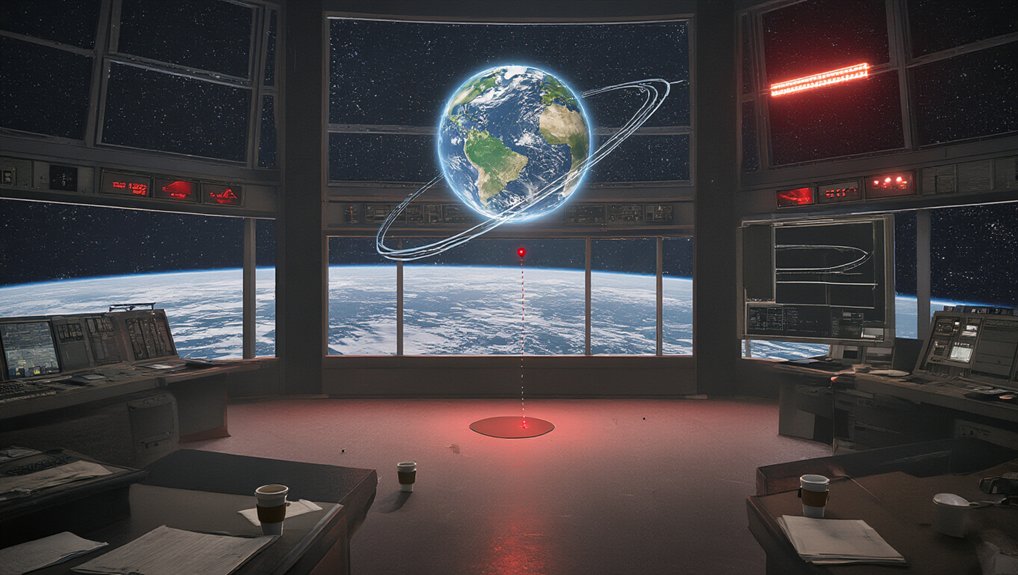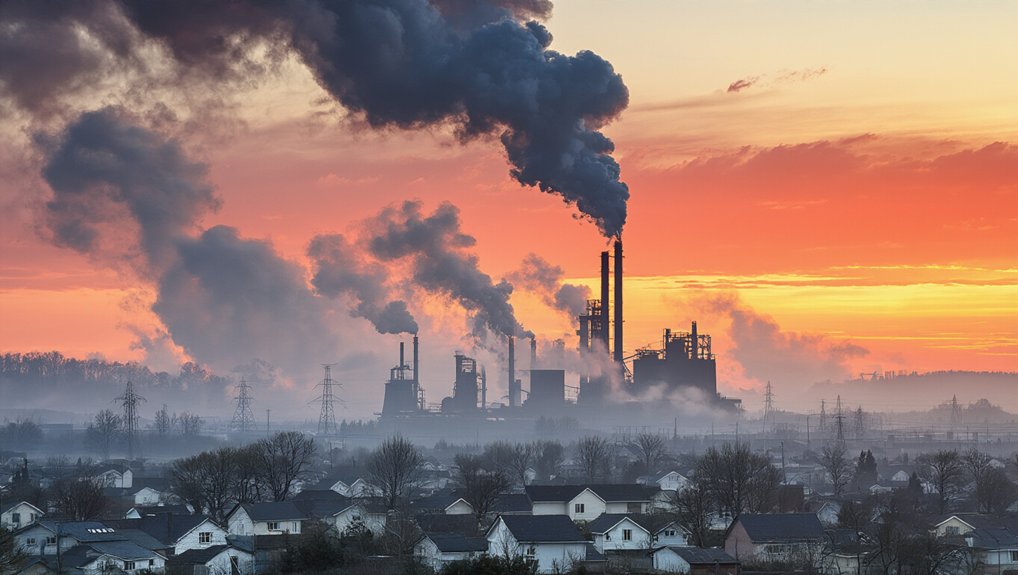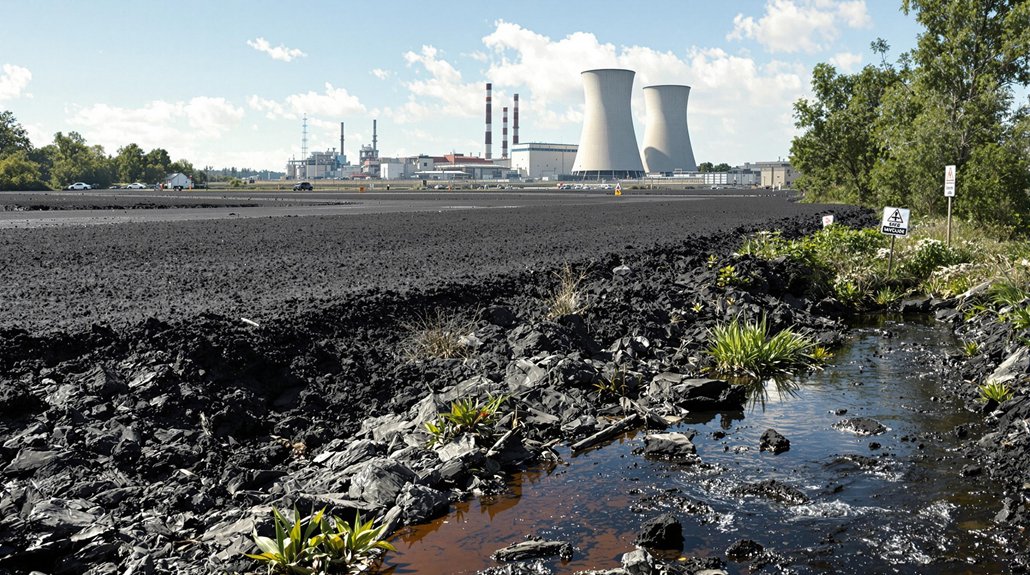Where does an $88 million climate-monitoring satellite go when it vanishes without a trace? That’s what scientists are asking after MethaneSAT, Jeff Bezos’ pet project for tracking greenhouse gases, went dark on June 20, 2025. Last seen cruising over Norway’s Svalbard region, the satellite ghosted its operators after reportedly being off course for about 10 days.
The satellite was kind of a big deal. Launched just last year in March 2024, it was supposed to be our global methane detective, sniffing out emissions from oil and gas operations that companies would rather keep quiet about. Turns out those emissions are sometimes ten times higher than what’s being reported. Oops.
MethaneSAT: Earth’s orbital tattletale exposing the dirty secret that fossil fuel companies are dramatically lowballing their emissions.
The Environmental Defense Fund led the initiative, with cash from Bezos and the New Zealand government. They partnered with fancy aerospace companies and academics to build something truly groundbreaking. Now it’s just space junk. Or dust. Or who knows what.
Officials say there’s no evidence of sabotage or collision. Just a boring old power failure that rendered the satellite as useful as a brick. Space is hard, people. Things break.
The timing couldn’t be worse. Over 120 nations made methane-cutting pledges back in 2021, and now they’ve lost their watchdog. MethaneSAT was designed to track methane, which is 80 times more potent than carbon dioxide over a 20-year period as a greenhouse gas. It’s like promising to go on a diet but throwing out all your scales. Convenient.
Despite the setback, EDF hasn’t thrown in the towel. They’re considering launching another satellite, because apparently $88 million is the going rate for climate accountability these days. The data they collected before the disappearance was already eye-opening.
For now, though, methane emitters worldwide are getting an unexpected break from scrutiny. The satellite’s absence is particularly problematic as it was the only satellite designed to detect methane emissions globally with such precision. The automated, free, and public data stream has gone dry. The partnerships remain intact, and lessons have been learned.
But until another satellite takes its place, Earth’s atmosphere will keep its secrets. And companies? They’ll keep doing what they’ve always done when nobody’s watching. Since pre-industrial times, methane levels have increased by a staggering 164% since 1750 due to human activities like agriculture and fossil fuel extraction.
References
- https://www.dw.com/en/methane-tracking-satellite-backed-by-jeff-bezos-lost-in-space/a-73113795
- https://www.edf.org/methanesat
- https://www.independent.co.uk/bulletin/news/methanesat-lost-bezos-edf-b2781123.html
- https://www.methanesat.org
- https://www.thenews.com.pk/latest/1325882-88m-satellite-hunting-industry-methane-emissions-disappears-into-void








